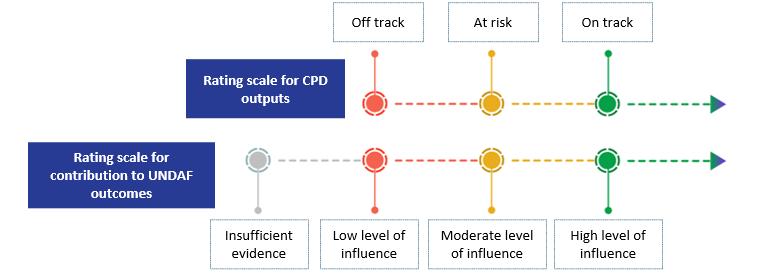
1 minute read
Country context
Country context
Mongolia, a lower middle-income country (LMIC) land-locked between Russia and China, is one of most sparsely populated countries in the world. 6 It is characterized by vast mineral wealth, agricultural and livestock resources, as well as volatile economic growth: Mongolia had the highest growth in gross domestic product (GDP) in the world in 2011 and nil growth in 20167 and moved from LMIC to upper middle-income country (UMIC) and back to LMIC over three years. Mongolia is heavily dependent on mining and has narrowly diversified trade markets. 8 Half of the population lives in the capital Ulaanbaatar, which is battling heavy air pollution. Over the past three decades, following the fall of communism, Mongolia has transformed into a vibrant democracy and joined the high human development category, ranked 99th out of 189 countries on the 2020 Human Development Index (HDI) scale. Mongolia’s HDI value of 0.737 is slightly lower than the average for countries in the high human development group (0.753) and East Asia and the Pacific region (0.747).9 Despite initial success in preventing a public health crisis, human development in Mongolia was adversely affected by the socioeconomic impacts of the COVID-19 pandemic over the year 2020. 10 The informal sector, the self-employed and families of herders and agricultural workers have been hit hardest, with more than 70 percent income loss, on average. 11 Despite support from the International Monetary Fund and the Asian Development Bank (ADB), the country has
6 Population density is of 2,041 people per square kilometre of land area, according to World Bank data 2020, See: https://data.worldbank.org/indicator/EN.POP.DNST?locations=MN 7 GDP growth in 2011 was over 17 percent, while a historic $5.5 billion multilateral support package was initiated in 2017 to cushion the plummeting economy. World Bank Systematic Country Diagnostic 2018, Executive Summary. 8 China accounts for approximately 90% of the country’s exports. 9 See: http://hdr.undp.org/sites/all/themes/hdr_theme/country-notes/MNG.pdf (Note that the 2020 publication is based on 2019 data) 10 UNDP, Rapid Socio-economic Impact Assessment of COVID-19 Prevention Measures on Vulnerable Groups and Value. Chains in Mongolia, 2020. See: https://www.mn.undp.org/content/mongolia/en/home/library/rapid-socio-economicimpact-assessment-of-covid-19-.html; National Statistics Office of Mongolia and World Bank Group, Mongolia COVID-19 Household Response Phone Survey (Round 1), 2020. See: http://documents1.worldbank.org/curated/en/656061595316484647/pdf/Results-of-MongoliaCOVID-19-Household-Response-Phone-Survey-Round-1.pdf 11 National Statistics Office of Mongolia and Word Bank Group, Mongolia COVID-19 Household Response Phone Survey (Round 1), 2020.


